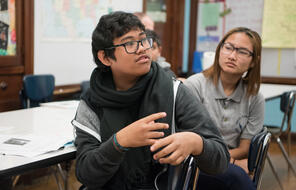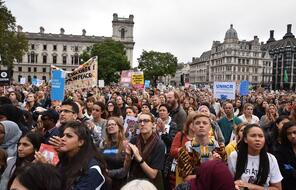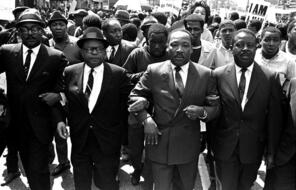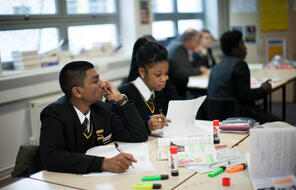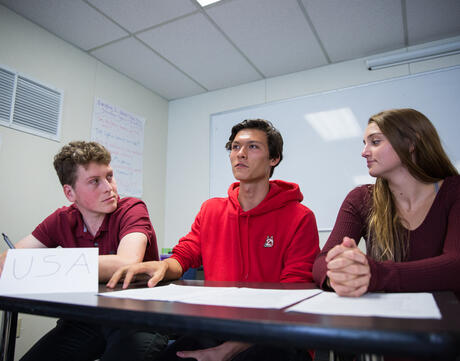
Speaking Up and Speaking Out
Overview
About This Lesson
In previous lessons, students learned about ways that individuals and groups in East London and Bristol worked together in order to take action in response to injustices. They also considered the role that public art can play in connecting stories of the past to the present day, creating conversation, and building community. Returning to the power of art to make a statement and bring about change, in this lesson students will analyse a spoken word poem about bullying and then consider how they might use their voices to call attention to injustice or unfairness in their own school or community.
The goal of this lesson is not for students to create performance ready poems. Rather, we hope that they will consider the ways in which they might raise their voices to make themselves heard on issues important to them and try their hand at spoken word poetry to consider how it can serve as a powerful means of creative expression that can captivate an audience and inspire change.
Preparing to Teach
A Note to Teachers
Before teaching this lesson, please review the following information to help guide your preparation process.
Lesson Plans
Day 1 Activities
Day 2 Activities
Extension Activity
Materials and Downloads
Quick Downloads
Download the Files
Get Files Via Google
Resources from Other Organizations
Speaking Up and Speaking Out
Protesting Discrimination in Bristol
Step 4: Choosing to Participate
Unlimited Access to Learning. More Added Every Month.
Facing History & Ourselves is designed for educators who want to help students explore identity, think critically, grow emotionally, act ethically, and participate in civic life. It’s hard work, so we’ve developed some go-to professional learning opportunities to help you along the way.
Exploring ELA Text Selection with Julia Torres
On-Demand

Working for Justice, Equity and Civic Agency in Our Schools: A Conversation with Clint Smith
On-Demand

Centering Student Voices to Build Community and Agency
On-Demand






